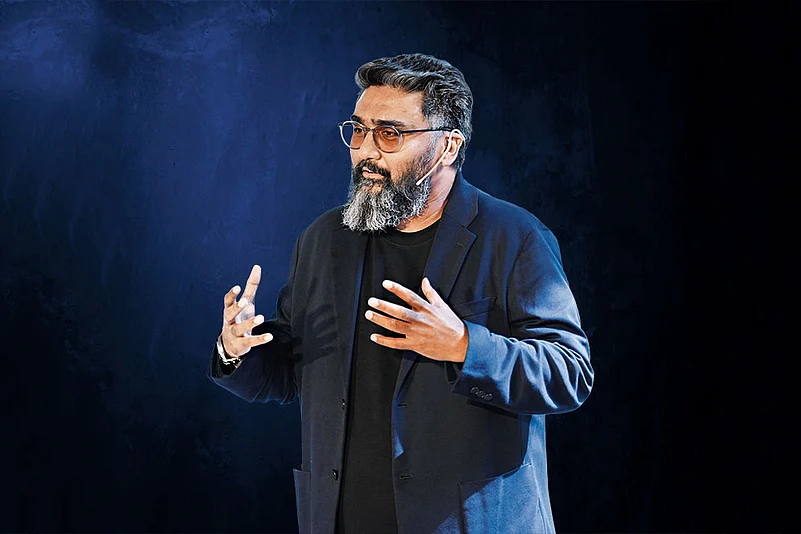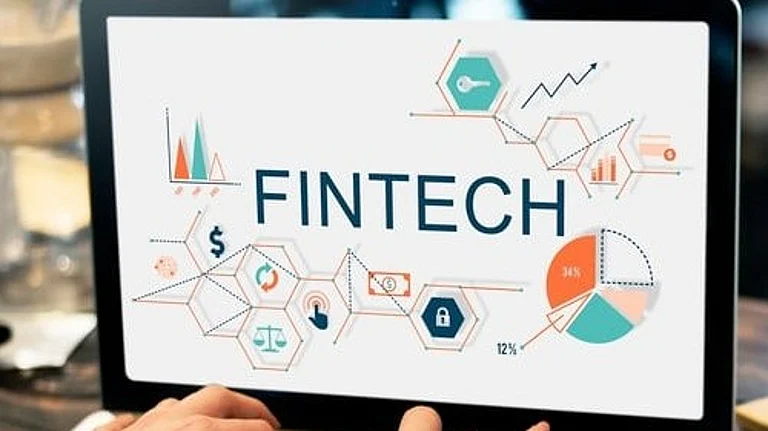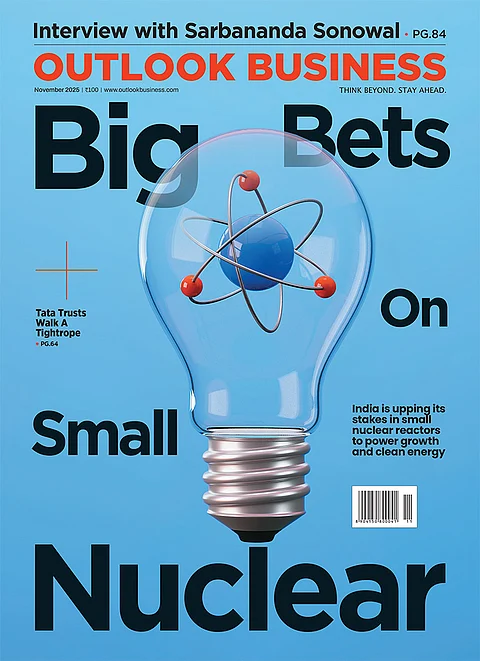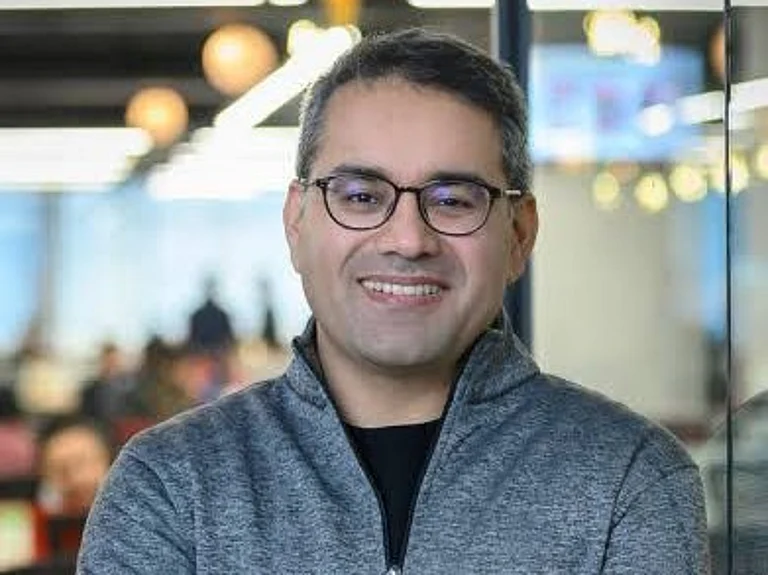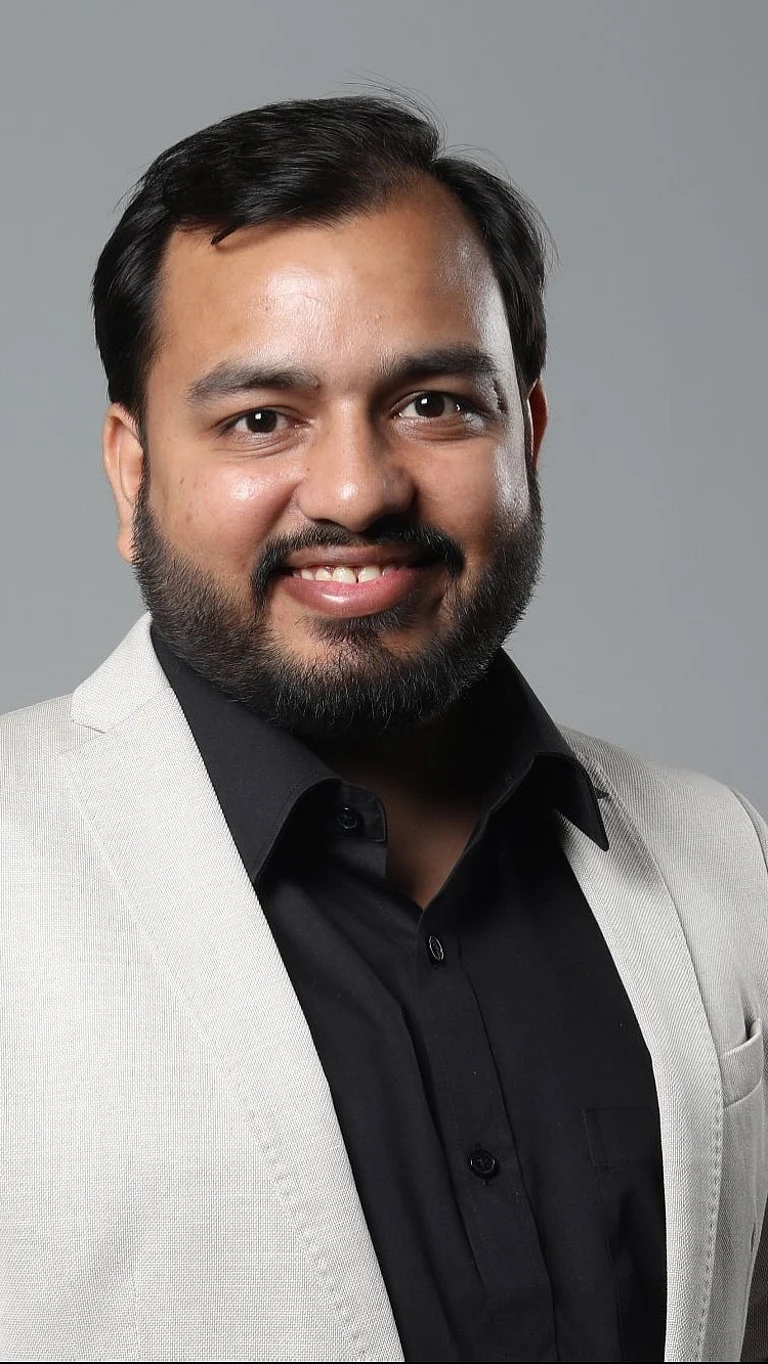What do you want Cred to accomplish in the long term?
When you are trying to build a start-up, your first goal is to ensure survival, and there’s no guarantee that capital creates survival. Then you think about how to scale it, just like raising a child—first ensuring safety, then growth. After that, you operate with an institution-building mindset, where the belief that it will last for the time you are alive, or even outlast every team member.
Our vision is to improve money relationships for the top 25–30mn Indians. Many are first in their families to use credit cards or mutual funds. Unless they have good early experiences, they’ll be scared and not participate in the future. If the earliest credit experience is bad, fear lingers. But prosperity is impossible without credit.
A lot of times, when global companies come to India, they look for large scale. In their global story, they talk about 400–500mn customers. But if you are building for India and want a profitable business, it’s very hard to achieve that unless you focus on the right set of customers. If you look at the data, Zomato or Swiggy are really 20mn customer businesses. In fact, 5–7mn customers drive 80% of the business. That’s how you build a resilient, solid business—start with a core, then chip away, expand to other cohorts and keep building on top of that.
How difficult is it to start up in a highly-regulated ecosystem?
It is obviously harder to trust a start-up than companies that have lasted 50–100 years. It’s very easy to mistrust, put down or mock a founder who is trying to build, especially compared to large companies that have so much more clout—managing policy, navigating the ecosystem, accessing capital pools, talent, everything. Imagine convincing someone to join a company where you don’t know if you’ll have runway for 12 months, versus a company that has lasted 100 years. It will always be a challenge. Unless we become appreciative of risk and what comes with it, it will continue to be difficult.
Earlier, when start-up media was not separate from business media, the questions were more like, “Why is the kid that is recently born not already winning Olympic gold?” At that stage, you are just making sure the baby is surviving.
We have to appreciate that for a healthy ecosystem and economy, we need many start-ups to do well. India’s market cap is very concentrated in a few companies or family offices, and that doesn’t create a vibrant economy. We need to encourage failure and we need more people to build companies that become decently sized. That requires a big cultural change.
Today Cred is a distributor of products. Do you aspire to become a manufacturer like banks and MFs to capture more value?
We operate in regulated businesses. For example, why not manufacture a credit card? Regulation only allows banks to issue credit cards. Also, our DNA is built to empower manufacturers, not to become one. The moment you move into manufacturing, you must change your DNA dramatically, and it limits scale. You cannot become the manufacturer of 25–30 different products—travel, hotels, cards, loans, insurance.
Maybe 5, 10, or 20 years down the line, we may think about manufacturing, but right now, manufacturers are looking for the best distribution avenues. In financial services, distributors often make a larger revenue share because selling is harder than making.
Can you build a distribution company into an enduring financial institution?
The core principle of distribution businesses is engagement—can you get high-quality customers to come to you regularly?
Take the example of a street. If we want to make it the street that earns the highest rent, we must make sure the highest-quality customers come there. But those customers won’t come for something infrequent. They come for things they need often. If I open a home-loan shop, it won’t do well. But if I build a restaurant, a café or an ATM—products with naturally higher frequency—I can create distribution around them.
By the way, let me give you another analogy. In the early days, businesses built around temples did better than those built elsewhere because temples had naturally high frequency. People would go to the temple, visit the shops around it, and then return home. Over time, more temples were opened because it drove frequency to a place. Later, frequency shifted to railway stations. In Bombay, for example, real estate around local train stations does well because frequency there is gifted and guaranteed.
One could argue whether that is a long-lasting way to build distribution. But if you solve a core problem, people will come more often and you can create a cross-sell business.
Don’t you think regulation serves as a moat to protect manufacturers in the sector from disruption and hence creates longer-lasting companies?
I think what you are saying is correct. Distribution moats are not protected by regulation; they are protected by consumer behaviour and retention. The craft is significantly harder, but the value is much greater if you can create distribution.
The most valuable businesses of the future will be built around distribution. You are right in observing that, relatively speaking, distribution is harder. But the risk-reward is disproportionate in a distribution-first business.
Cred has always focused on being beautiful, with the best-looking design. In India, businesses usually take a utilitarian view, working on thin margins. Are you able to charge consumers more because of the premium look?
One could argue: why stay in a five-star hotel? Sona hi hota hain. Utility is just to sleep, take a shower and leave for a meeting. Yet people pay, and pay a lot more, for a five-star.
Eventually, when you achieve a certain level of creditworthiness, scale, trust or wealth, you start appreciating the finer things in life. You want to be associated with them too. That is the core insight—can you keep building for that customer cohort?
Gross margins don’t come from utility. Think of the two parts of the human brain: the CFO [chief financial officer] and the CMO [chief marketing officer]. The CFO is designed to cut costs and make things efficient and utilitarian. If you could use your neighbour’s Wi-Fi for free, would you spend money on your own? You’d say, kya farak padta hai, chal toh raha hai.
But the CMO of your brain is trying to grow, achieve status, hold respectable positions, and experience good things. Margins are achieved when you appeal to the CMO, not the CFO.
When the country was coming out of a phase of low per capita income, the focus had to be on utility. For example, jewellery mein bhi hum gold hi lete the. In the early days, if you told an Indian family you were buying ₹5,000 worth of non-gold jewellery, they would think you were mad. Now, buying and wearing fashion jewellery is acceptable. We are going through that shift and change as a country, as we move toward greater prosperity.
You have said that India needs more ambition, more markers of desire and aspiration. Can you explain?
As a country, we have multiple identities. We often talk about contentment—being happy with what you have, accepting whatever life has given. But that works against ambition. We can’t hope for prosperity without ambition.
Let’s take a few dimensions. You will never see a prosperous nation that does not value time. They are obsessed with the value of time. India is not. For example, we do not even have “efficiency” or “productivity” as words in Indian languages. that Indians don’t work by the hour, they don’t get paid by the hour. In developed nations, everybody is paid hourly for the first five years of their career, no matter the profession. That wires the mind: I am being paid per hour, which means I can earn more.
Another dimension is desire. If we do not desire to become successful, we won’t build ambition. For example, we have made movies and web series about every gangster and scamster in the country. But where are the stories of entrepreneurs? How will people know and aspire to be like them?
When I was in Lisbon, Portugal, I learned that in the church only royalty was allowed to be buried—along with one more category. I asked the guide who that was, and he said: risk-takers and explorers. Vasco da Gama and Christopher Columbus were given the same position as royalty because they took risks that changed their country and made it more prosperous.
Today, are we really celebrating entrepreneurs? Are we celebrating risk-takers? We are so risk-averse that we often mock them. Most people who try entrepreneurship cannot handle societal pressure. There is no recovery if you fail, so people take the safer path. That is why the country has been obsessed with government jobs or safer jobs like banking.
The mindset that needs to change is this. And at its core, it’s also about exposure. When we start talking about stories of risk, reward, and entrepreneurial journeys, it will become mainstream. We have not accepted risk-taking as a culture. For example, we ask a startup that is 3–4 years old, “When will you be profitable?” But they are still trying to grow faster. Do we encourage that?
This change is necessary. Every country has to go through it. China went through it, and it materially changed the country. It has to happen here as well. Can we become a very prosperous nation with only a few companies or brands doing well? How will we create an aspiring class of entrepreneurs? My point about ambition is that the ecosystem should not penalise risk-taking. It should celebrate it, because a country cannot prosper without risk-takers.
Do you think India’s historical abundance made us averse to risk compared to other countries where explorers had to take risks to become affluent?
Abundance was always at the top. Even a thousand years ago, not every Indian was rich and affluent. The kings were rich and affluent. When colonisers and raiders came, they looted the kings, not the people. The wealth gap was significantly larger a thousand years ago.
So we are mistaken in saying India had abundance. What we have had for thousands of years is contentment. We can be very happy with very little. That’s not necessarily a bad thing. But we have to make a choice: are we going down the path of being a prosperous nation? Because there is a playbook for that.
Do we want to be content as a nation? That is also fine—Bhutan, for example, is known to be the happiest country because of its focus on contentment. The problem happens when you try to be both prosperous and content. Then you end up making conflicting choices.
You want to serve the most premium customers. But those same customers are also on Amazon, Zomato, Swiggy, Zerodha and Groww. Why does Cred see having those users as a moat?
The universe of customers that wealth companies serve will overlap quite a bit with what we do, because wealth itself is a small category. But food delivery is different. They aim for a larger customer base, and while most of their business comes from a small set, it’s not their focus area. Zomato, for example, is now focusing on increasing average revenue per user (Arpu) through quick commerce or events.
Financial services will always remain the largest Arpu driver in the country. If you look at an average Indian household, and ask how much of their spend goes into financial services versus food delivery, the numbers skew dramatically in favour of financial services. In fact, 35–40% of India’s profits in public markets come from financial services.
Until India becomes a more developed nation—when consumption numbers outside of financial services grow dramatically—financial services will have the longest runway for high Arpu. So while there is competition, what products you compete on matter more, and Arpu in consumption commerce will remain lower.
As your platform also sells goods, isn’t it a consumption commerce business as well?
I think we are an engagement business that monetises through financial services. Unfortunately, we are known by how we make money. If I had to introduce you, I would describe you by how you make money. But does that truly describe you? Humans and businesses have the curse of being recognised by how they earn.
You talk so much like a philosopher. Do you see yourself that way?
I have the same questions you have. I appreciate meeting journalists for the same reason—they are truth seekers, and I am a truth seeker. The only difference is that I am also in the business of applying the truth I learn.
So an applied philosopher?
All of life is applied philosophy.




